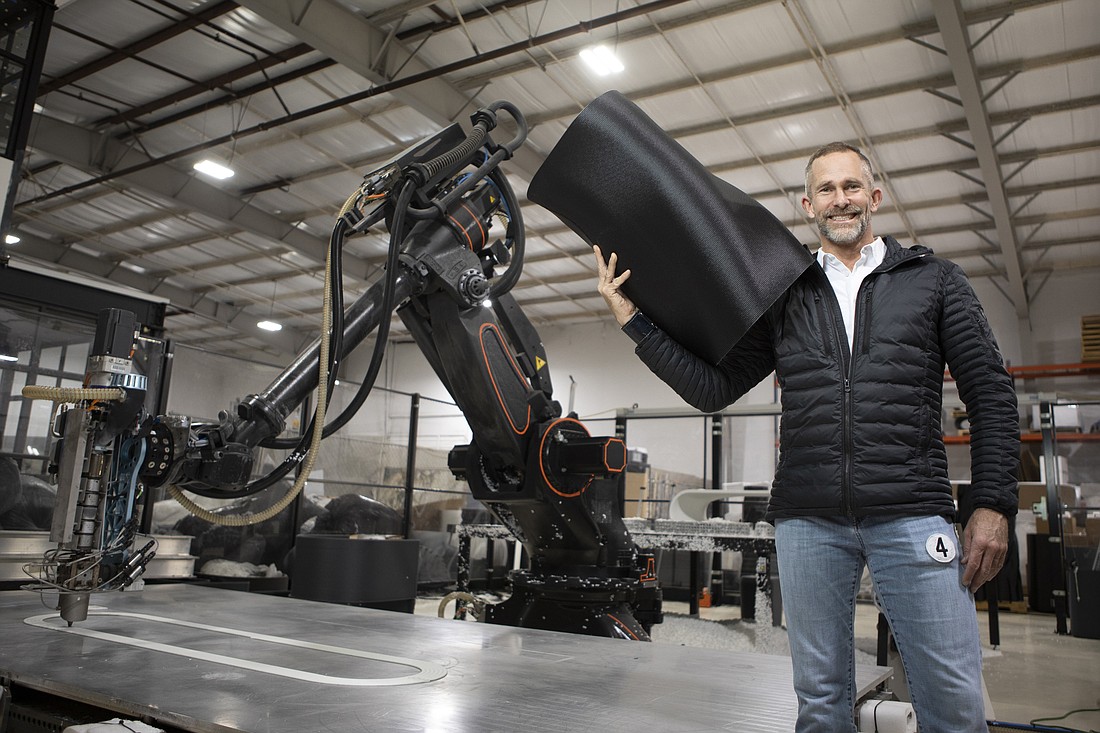- December 15, 2025
-
-
Loading

Loading

St. Petersburg manufacturing entrepreneur Jay Rogers has worked and lived in multiple time zones and countries. In the states, spots range from Phoenix to Boston to San Francisco to now Florida. He led military units as a U.S. Marine in Iraq. Before that he helped grow a medical device startup in China that Bristol Myers acquired. And when he was a teenager he sailed around the world with his parents — for seven years.
In all those experiences, Rogers has had some extreme highs and lows. In one way, those travels have prepared Rogers for his latest, and what he believes can be his greatest, venture: making stylish yet functional furniture from AI-powered, robotic 3D printers. In another way, this new company, Haddy, is both a bit of deja vu and a chance for the opportunistic Rogers to build upon some ideas with his most recent previous business: Local Motors.